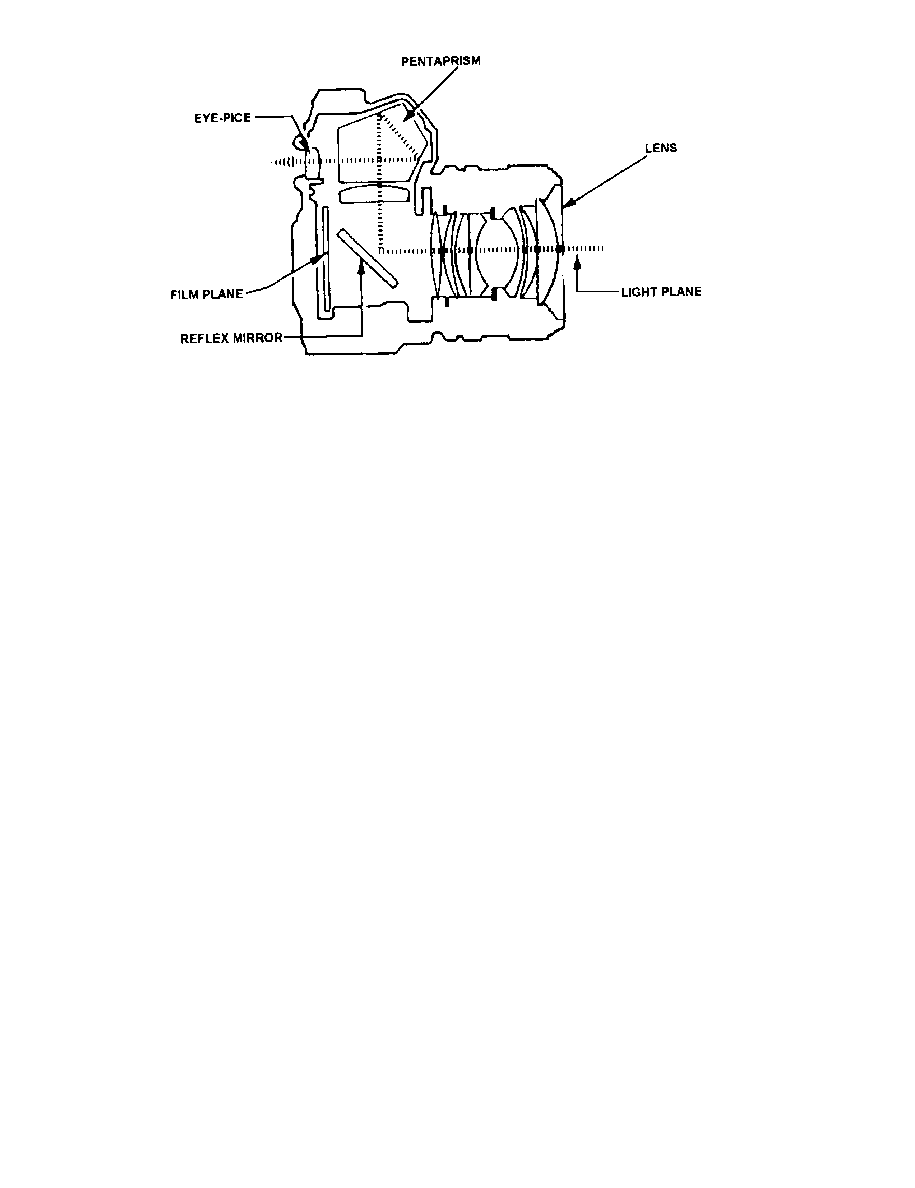
DOFMaster
for Windows
On-line
Depth of Field
Calculator
DOFMaster for Mobile Devices
On-line
Depth of Field
Table
Hyperfocal
Distance Chart
Articles
FAQ
Recommended
Books
Support
Contact
Links
Home
for Windows
On-line
Depth of Field
Calculator
DOFMaster for Mobile Devices
On-line
Depth of Field
Table
Hyperfocal
Distance Chart
Articles
FAQ
Recommended
Books
Support
Contact
Links
Home
As an Amazon Associate I earn from qualifying purchases.
![]()
inches. You will learn to choose the camera that best
meets the conditions of your assignment and the
customer's photographic requirements.
become familiar with the operation of one camera, you
can learn quickly to operate other types. There are three
general categories of cameras: small format, medium
format, and large format.
composition. This allows you to see what the lens sees
regardless of the lens focal length or the lens-to-subject
distance. The reflex system is simple and reliable. It has
three main elements: a hinged mirror, a matte focusing
screen, and a five-sided glass prism called a pentaprism
The mirror, in the viewing position, is below the viewing
projects the image formed by the lens up to the focusing
or viewing screen. The pentaprism reflects the image
from the focusing screen, so you can see it in the camera
eyepiece. Figure 4-4 shows the design of a typical SLR
camera.
cameras are preferable when you need maximum
freedom of movement and a large number of negatives
without reloading the camera. The accessories, lenses,
and flash equipment can be carried easily, and
commonly 36 frames may be taken rapidly without
reloading the film. This type of camera is helpful for
news and action photography where several pictures
must be taken in a short time from various ranges and
under varying light conditions. The primary
disadvantage of small-format cameras is they produce
must be enlarged in printing.
the film. It also seals off the viewfinder, so light entering
the eyepiece cannot reach the film. After the film is
exposed, the mirror swings back down, and the image
damage it by touching or scratching it. Follow
only the procedures listed in the Planned
Maintenance System (PMS) for cleaning
camera mirrors.
Basic Photography Course

As an Amazon Associate I earn from qualifying purchases.
WWW.DOFMASTER.COM
© 2006 Don Fleming. All rights reserved.
© 2006 Don Fleming. All rights reserved.